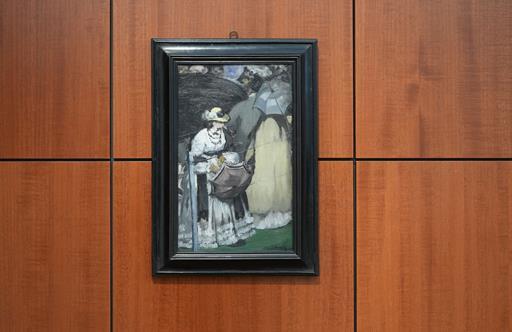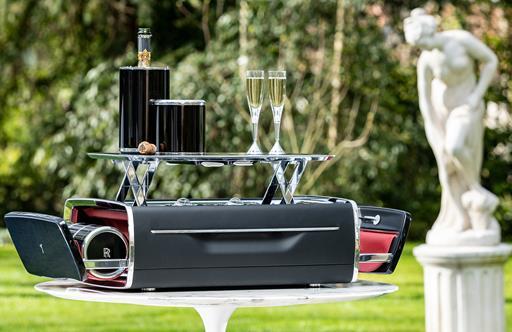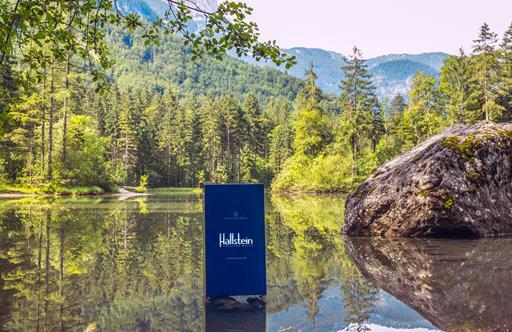The Chef Scavenger
Following Chilean chef Rodolfo Guzmán, on the search for ingredients and breaking boundaries with small-scale sustainable produce
Rooting out fruits on a craggy coastline beach or herbs 3,500 metres above sea level in the Andes might sound romantic, but this back-breaking work is necessary to source the wild ingredients that are the very essence of Santiago’s Boragó restaurant.
“This isn’t anything new,” says chef and owner Rodolfo Guzmán, who ranked second in Latin America’s 50 Best Restaurants awards in 2015. “We’ve been gathering produce like this ever since we opened in 2007.”
Guzmán, who trained with Andoni Luis Aduriz at Mugaritz, goes foraging twice a week with his cooks to sites within a 150-kilometre radius of Chile’s capital. Depending on what’s dwindling in Boragó’s larder, the outing will see the team head up into nearby mountains, rustle through pine forests or comb beaches for edible flowers, fungi or maritime radishes. These ingredients all feature in one of the 140 rotating dishes that form part of Endémica ("Indigenous"), Boragó’s tasting menu that only uses ingredients grown in or sourced from Chile. "We understand that the earth is alive, just like our Mapuche and Pehuenche indigenous peoples do – our menu is based on how they eat and what is at our disposal in any given season,” Guzmán says.
Hunting for food stuffs sees the culinary team visiting dozens of mountain, valley, coastal or desert sites each year, although some might only provide offerings sufficient for one annual visit. Guzmán’s personal favourites include searching for Andean cilantro in spring and forest mushrooms in autumn. “We know we’re going backwards against the clock, but foraging is important to us.”
The Endémica menu, however, isn’t only based on locally foraged foods – Guzmán is also very conscious about working with small producers located down the length of the country, such as fishermen who will fulfil a specific catch of razor clams just for the restaurant. The plated result is sustainable, fresh fodder that might be available for just one evening. “We go directly to the source, to people who weren’t even considered small producers seven years ago," Guzmán says, "so we work with them, connecting cooks with foragers”.
In the car on the return to Santiago, following a morning’s foraging at Las Cruces beach town, Guzmán clocks a cluster of dill plants in the distance and pulls up next to them. Minutes later, the feathery herb – perfect with various fish courses – is nestling in the boot alongside other finds of the day.
Of course, all wild produce is carefully washed and analysed before it is plated, and often has more intense flavours and properties than 'regular' food. Over the years, Guzmán has even unearthed new species; indeed, his contribution to Chile’s biology is so great that he is set to open a research centre in association with Santiago’s Pontifical Universidad Católica this March. But according to Guzmán, his mission is only just beginning. “If we can challenge people, Chileans, to ask ‘where does this seed come from?’, then we can change the way they think, so that they will question how their food arrives to the city."



















